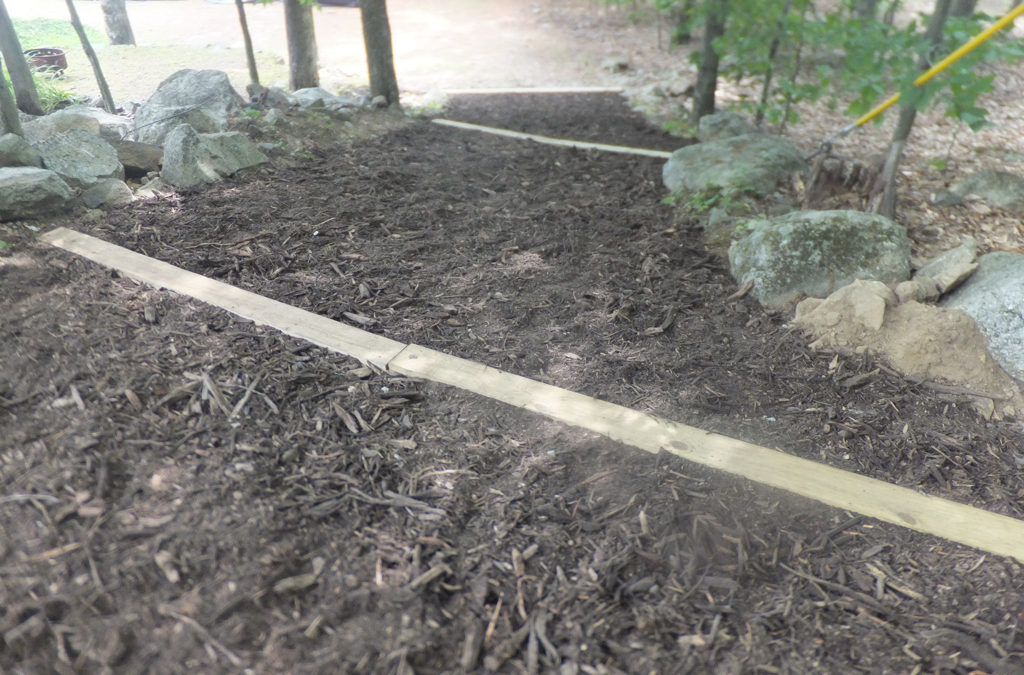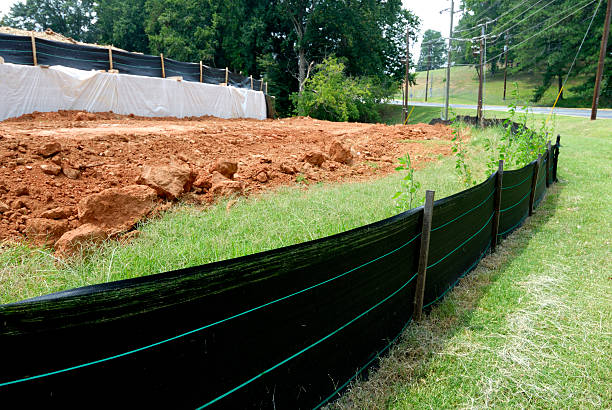Trusted Erosion Control: Memphis Erosion Control Solutions erosion control company
Wiki Article
Ideal Practices for Disintegration Control in Building And Construction Projects
Are you functioning on a building and construction job and concerned regarding erosion control? In this write-up, we will guide you through the best techniques for stopping erosion on your website. Memphis Erosion Control Solutions Memphis TN. Obtain prepared to tackle disintegration head-on and guarantee the success of your construction task.5 Vital Erosion Control Methods

To efficiently manage erosion on your construction site, you'll need to apply essential techniques such as incline stablizing and debris control measures. Incline stablizing is vital in protecting against soil erosion on high inclines. One more effective method is the usage of erosion control blankets or floor coverings, which are put on the incline and aid maintain soil particles while permitting plant life to expand.
Reliable Debris and Drainage Administration

You can effectively manage sediment and overflow in your building job by implementing proper erosion control measures. Sediment and runoff monitoring is critical to avoid erosion and safeguard the surrounding environment. One effective action is the installation of silt fencings along the border of the building and construction website. These fences assist to have debris and avoid it from getting in neighboring water bodies. An additional crucial method is the application of erosion control coverings or mats. These blankets provide a safety layer on bare soil, minimizing the effect of rainfall and avoiding erosion. Additionally, making use of debris containers or sediment catches can aid to catch sediment and stop it from getting in stormwater systems. Normal maintenance of these measures is vital to ensure their effectiveness throughout the construction job. This includes examining and cleaning sediment containers and routinely changing silt fences and erosion control coverings as needed. By carrying out these disintegration control steps, you can effectively take care of sediment and drainage in your building project, lessening the effect on the setting and abiding by regulatory needs.
Key Factors To Consider for Incline Stablizing
You need to thoroughly examine the slope's qualities, such as its angle, composition, and drain patterns. Look for signs of disintegration, such as exposed origins, splits, or slumping soil.One more alternative is to grow vegetation on the incline, as the origins can aid anchor the soil and control disintegration. In addition, setting up why not try this out erosion control blankets or floor coverings can provide prompt security while plants ends up being well established.
It's important to consistently keep track of the supported slopes to guarantee their performance. Keep an eye out for any kind of signs of motion or erosion, and take immediate action if necessary. Routine upkeep, such as inspecting and fixing any kind of damaged actions, is likewise vital to guarantee long-lasting security.
Ideal Practices for Plants and Dirt Security
One effective means to protect greenery and soil on inclines is by regularly examining for indicators of disintegration and taking prompt activity if required. Beginning by inspecting the incline for any signs of erosion, such as exposed roots, bare dirt spots, or debris accumulation at the bottom. Implement disintegration control measures such as mounting disintegration control coverings, mulching, or even building maintaining walls if required.Carrying Out Correct Water Drainage Equipments
To effectively execute proper water drainage systems, it's vital to consider the incline gradient and dirt type. Understanding these elements is vital when it comes to handling water circulation and avoiding disintegration. The slope gradient plays a considerable function in establishing just how water crosses the land. Steeper slopes can lead to much faster water circulation, boosting the danger of erosion and flooding. On the various other hand, gentler inclines permit water to move a lot more slowly, reducing disintegration potential. By evaluating the incline gradient, you can develop a reliable water drainage system that fits the natural water activity.Sandy soils tend to drain faster due to their rugged structure, while clay dirts have a slower drain price due to their compact nature. Additionally, taking into consideration the dirt characteristics helps avoid waterlogging, which can lead to inadequate plant growth and damage to frameworks.
Verdict
In final thought, when it involves disintegration control in construction projects, you should follow these finest techniques. Execute efficient debris and runoff management techniques to protect against air pollution. Take into consideration incline stabilization methods to make certain the stability of the website. Shield plants and dirt by utilizing proper steps. Establish correct water drainage systems to manage water circulation (erosion control). By following these crucial practices, you can properly manage disintegration and ensure backyard landscape design the success of your construction project.To effectively control disintegration on your building and construction website, you'll require to implement necessary strategies such as slope stabilization and debris control procedures. Incline stabilization is critical in avoiding soil erosion on steep slopes. Another reliable strategy is the use of disintegration control coverings or mats, which are put on the slope and aid keep soil bits while allowing greenery to expand. One more alternative helpful site is to plant plants on the incline, as the origins can help anchor the dirt and control disintegration. Implement disintegration control measures such as mounting erosion control coverings, mulching, or even creating preserving wall surfaces if required.
Report this wiki page